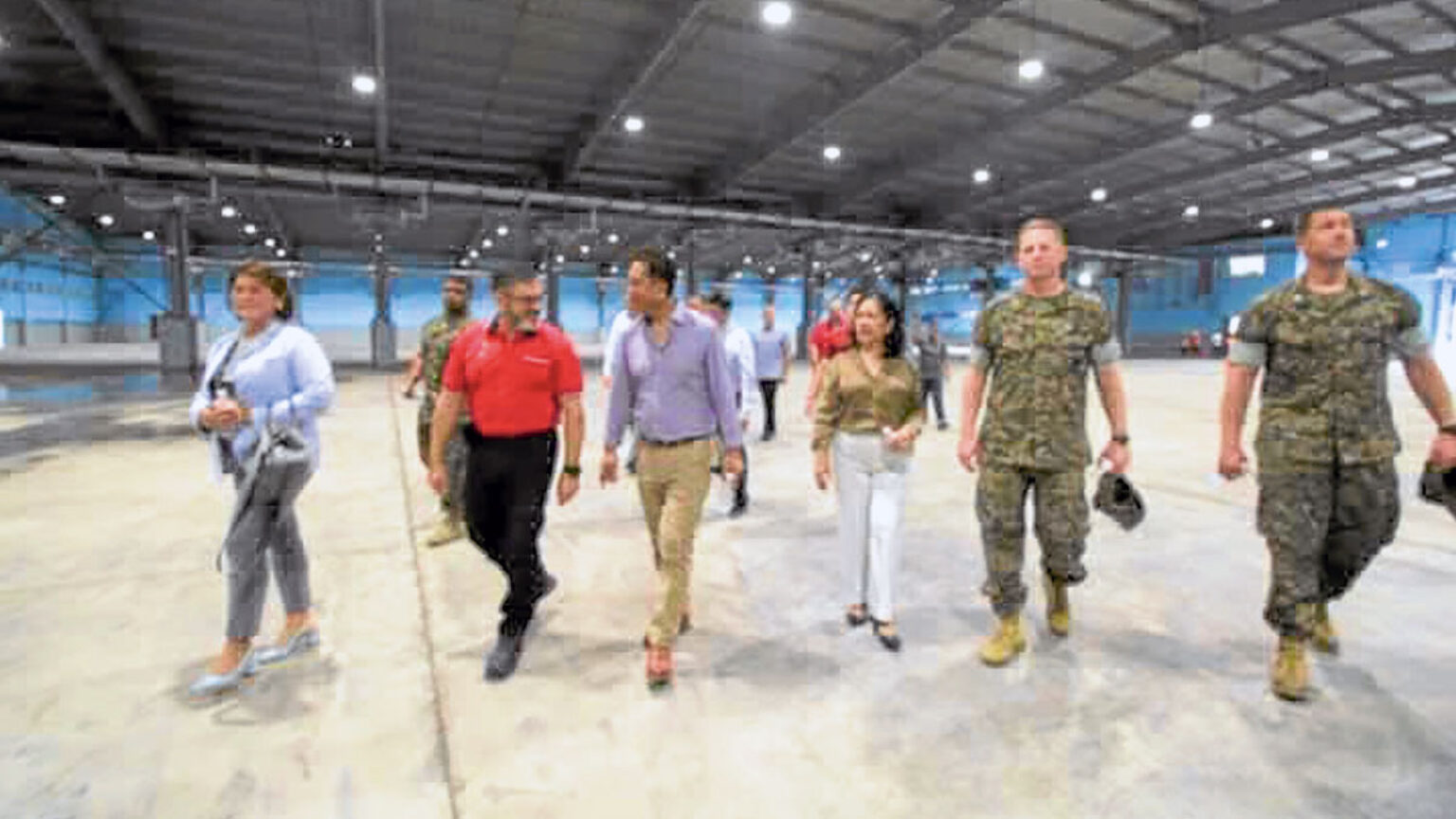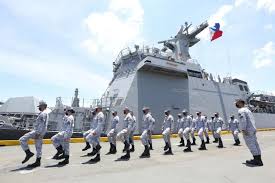Subic Bay Metropolitan Authority (SBMA) officials and US Marine Corps Col. Luke Watson, commander of Blount Island Command in Jacksonville, Florida, officially inaugurated a warehouse at the Naval Supply Depot Compound in Subic Bay Freeport in this photograph taken on February 4. The 5,300-square-meter facility will serve Marine Corps prepositioning initiatives for humanitarian aid and disaster response gear in the Indo-Pacific region. —Photo courtesy of SBMA
SUBIC BAY, Philippines — Local communities and advocacy groups are raising concerns over a recent US legislative proposal to establish an ammunition production and storage facility within the former American naval base at Subic Bay. The fisherfolk organization Pambansang Lakas ng Kilusang Mamamalakaya ng Pilipinas (Pamalakaya) has voiced strong opposition, citing potential security and environmental hazards.
In a statement issued Monday, Pamalakaya’s national chair, Fernando Hicap, warned that the planned facility could make the Philippines a likely target for regional rival countries, risking national security and endangering the livelihoods of local fisherfolk who depend on the waters surrounding Subic Bay. He expressed concern that the renewed US military presence might be aimed at positioning the country as a strategic pawn in broader geopolitical tensions, especially against China.
Hicap also highlighted environmental risks, warning that the proposed ammunition factory could produce toxic chemical wastes that threaten the aquatic ecosystems vital to fishing communities. “We cannot allow our waters to become dumping grounds for hazardous materials,” he emphasized.
Currently, the US Marine Corps maintains a warehouse at Subic Bay primarily used for humanitarian aid and disaster relief operations within the Indo-Pacific. US military officials, including Colonel Luke Watson, have stated that their activities at the site involve logistics and transportation, with no current plans for ammunition storage or manufacturing.
However, recent legislative proposals suggest otherwise. They point to plans for establishing a joint ammunition manufacturing and storage site to address the region’s urgent need for forward-staged munitions amid ongoing tensions over the South China Sea dispute. These initiatives come amidst continued US-Philippines military cooperation and strategic realignment in the area.
Historically, Subic Bay was the largest overseas US naval facility until its closure in 1991. Since then, the area has been used for joint military resupply, refueling, and repair operations, supporting US-Philippine military exercises and regional stability efforts.
A recent report from the US House Committee on Appropriations expressed concern over the absence of a dedicated ammunition facility in the Indo-Pacific and called for feasibility studies on establishing one in Subic Bay. This push underscores the strategic importance of the region amid rising regional tensions involving China, the Philippines, and the United States.
Local officials and residents remain cautious and wary of the potential environmental and security risks that such a project might bring. They continue to urge policymakers to reject plans that could increase the Philippines’ involvement in regional militarization and conflict.



